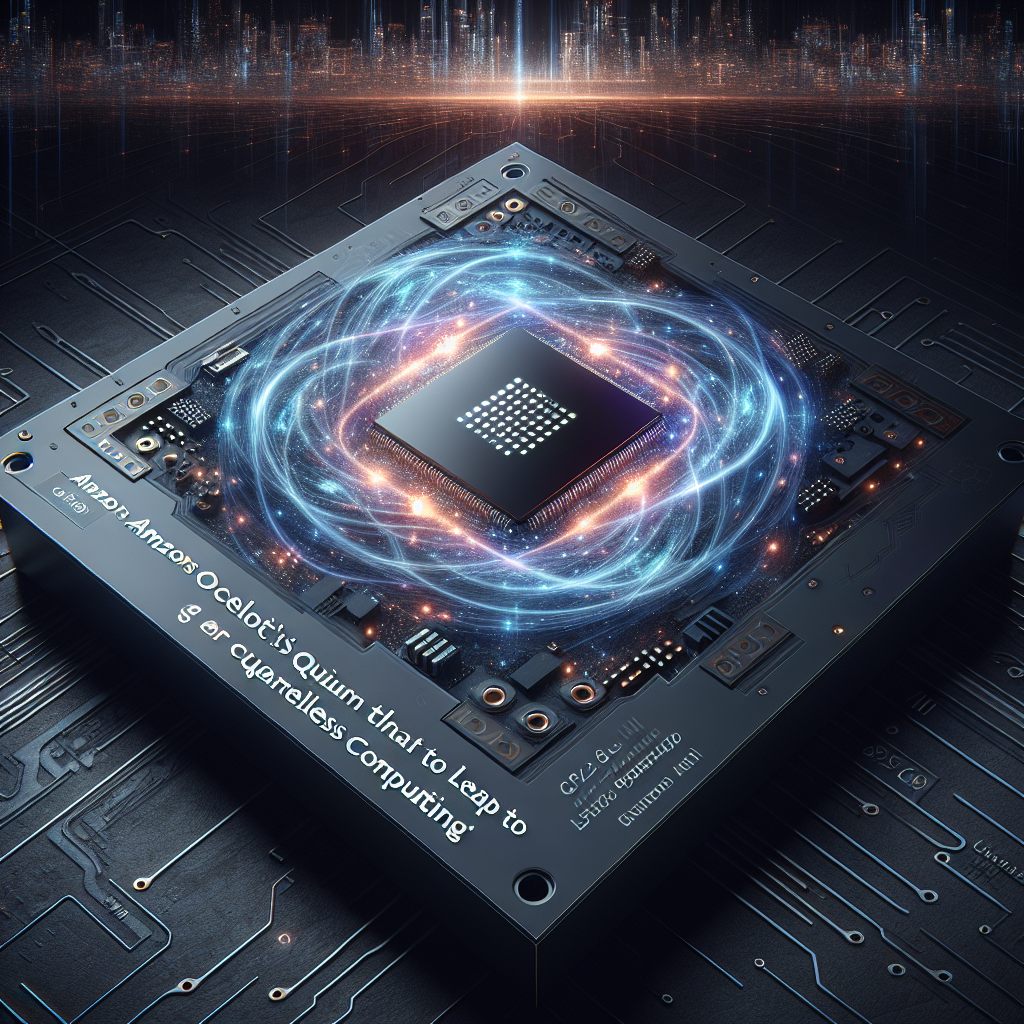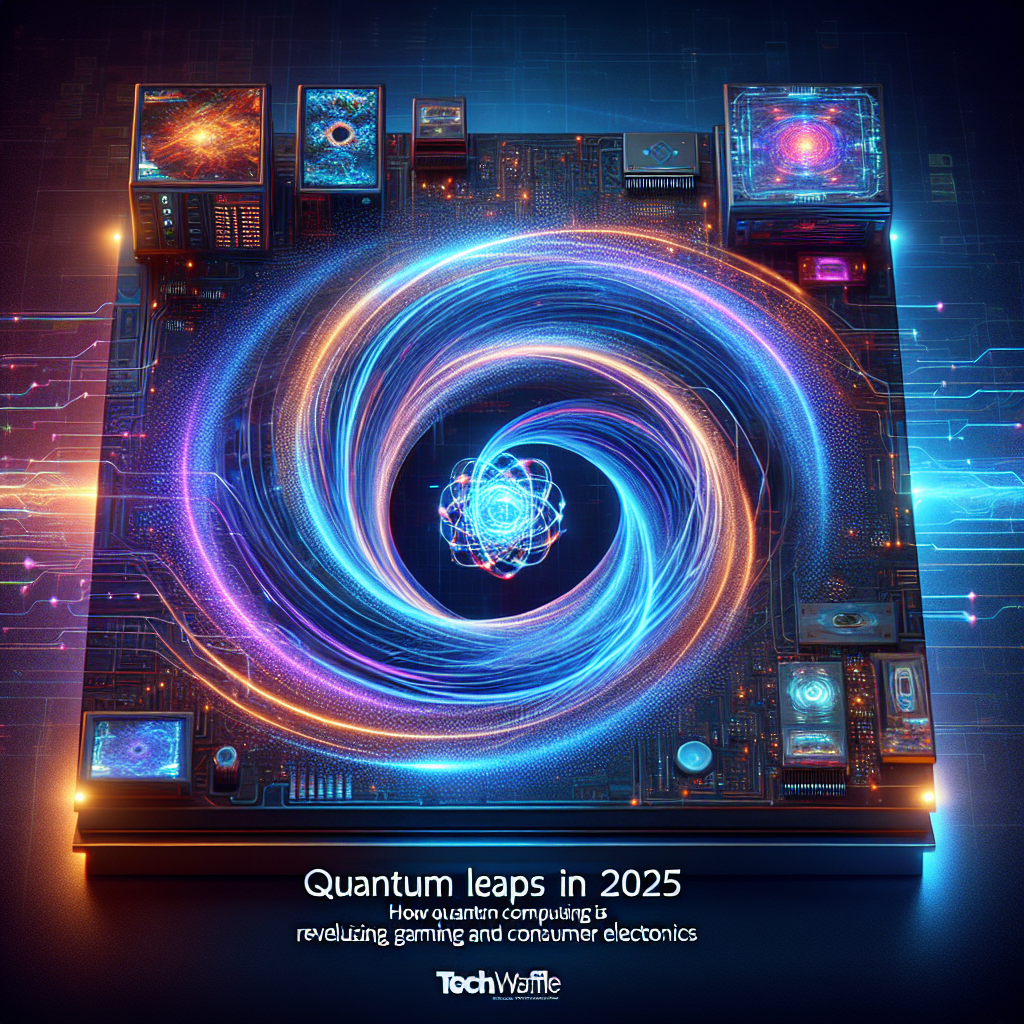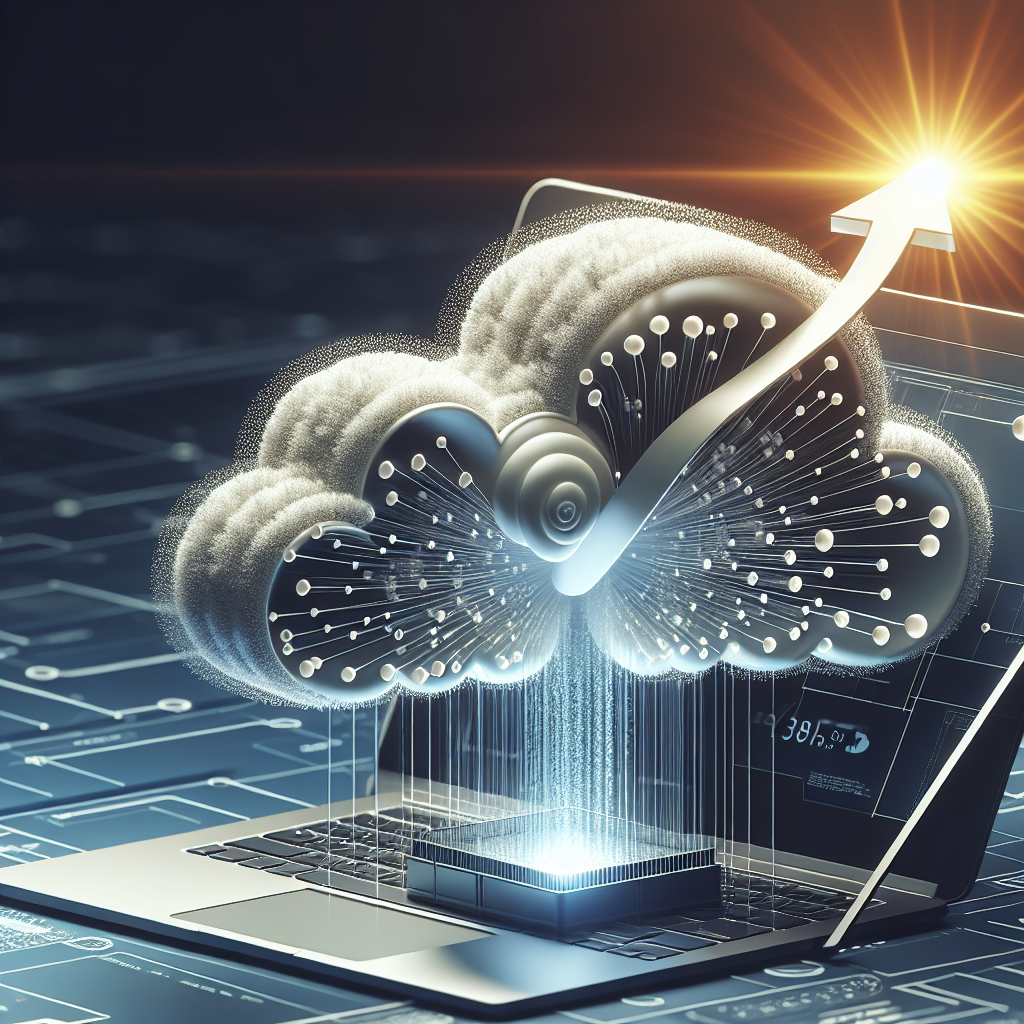Computing in 2025: The New Frontiers Redefining Technology
Posted on May 22, 2025

The latest trends in computing for 2025 include the dominance of artificial intelligence, rapid advances in quantum computing, a push toward energy-efficient architectures, and the rise of spatial computing and enhanced connectivity. These technologies are transforming industries and setting new standards for innovation and sustainability.
In 2025, the landscape of computing is being transformed by several groundbreaking trends that promise to reshape industries, solve previously intractable problems, and accelerate innovation. At the forefront, artificial intelligence—particularly generative AI—continues to expand its influence, with applications in creative content, code generation, healthcare diagnostics, and real-time edge computing. AI is now more embedded in daily routines than ever, enabling smarter IoT devices, autonomous decision-making, and personalized user experiences across finance, retail, and education sectors[3][5].
Quantum computing is moving from theoretical possibility to real-world utility. IBM’s ambitious roadmap includes processors with thousands of qubits by the end of 2025, accelerating advancements in cryptography, material science, and logistics optimization. Quantum computers, leveraging qubits to perform multiple calculations simultaneously, are poised to tackle problems considered impossible for classical machines—such as large-scale molecular simulations and ultra-complex supply chain optimizations. This marks a paradigm shift in how businesses approach data processing and problem-solving[4][5].
Energy-efficient computing is gaining momentum as a key strategic trend, emphasizing optimized hardware architectures and software that minimize power consumption. This focus on sustainability is critical as data centers and cloud providers face increasing pressure to reduce their carbon footprint while meeting rising computational demands[1].
Spatial computing is another emerging force, blending physical and digital worlds through augmented and virtual reality. New developments in AR/VR 2.0 are enhancing user interfaces, collaboration, and immersive experiences, while also pushing the boundaries of entertainment, education, and training[2][3].
Additionally, the rapid growth of 5G networks and the Internet of Things (IoT) is enabling faster, more reliable connectivity and driving the proliferation of smart devices. Together, these trends are setting the stage for a more interconnected, intelligent, and sustainable future of computing.
Unique Insights: The convergence of AI, quantum, and energy-efficient computing is creating unprecedented opportunities for cross-domain innovation. Organizations that integrate these technologies will gain competitive advantages, especially in sectors requiring complex analytics, real-time processing, or large-scale optimization. The challenge for 2025 will be to balance rapid innovation with ethical considerations, data security, and environmental responsibility.


